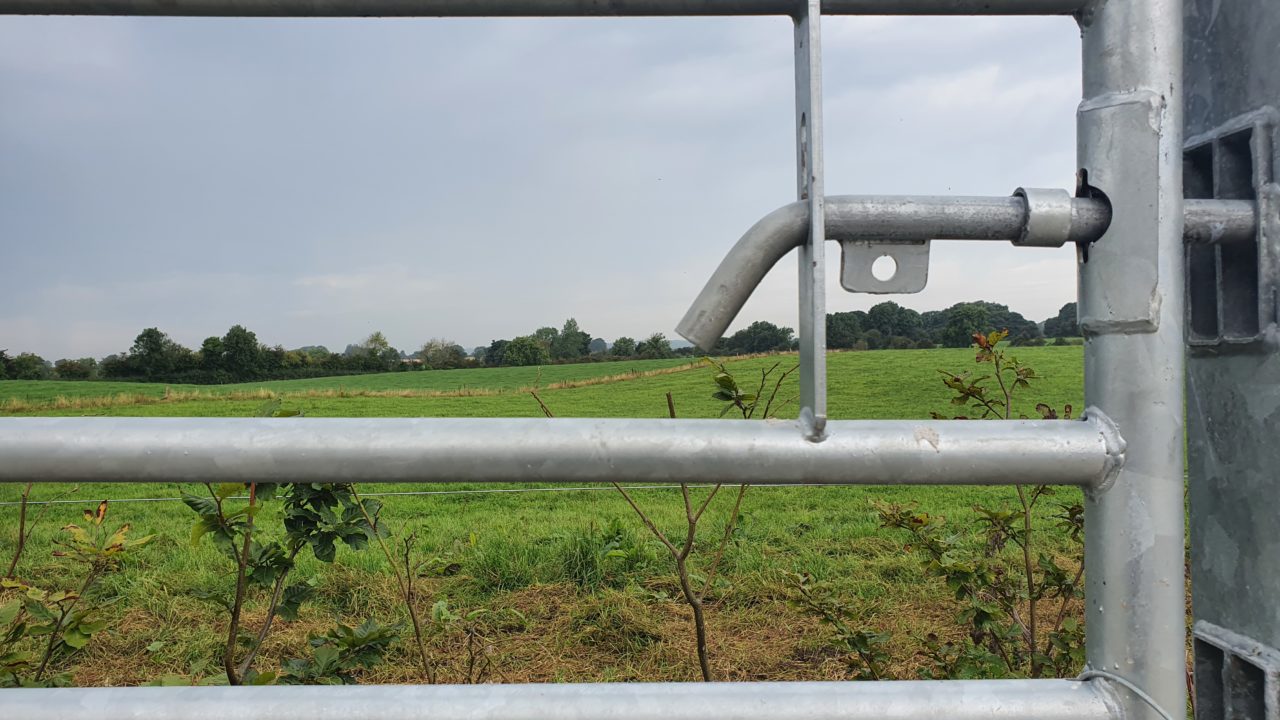A new report from the Central Statistics Office (CSO) shows that the number of farms in Ireland has fallen by 5% in a decade.
The Farm Structure Survey 2023 report published today (Tuesday, December 17) shows there were 133,174 farms across the country last year, down from 139,595 in 2013.
That means that there were 6,421 fewer farms in the country at the end of that decade.
The total area used for farming, or utilised agricultural area (UAA), in Ireland last year was recorded at 4.62 million hectares (ha), excluding commonage.
This is an increase of over 110,000 ha (2.5%) since 2020, which is driven by a decrease (-16.7%) in land classified as commonage.
Grassland accounted for 92% of agricultural land in 2013. The land area under cereals was nearly 270,000 ha, with barley the most widely grown cereal which accounted for 69% of this total.
There were almost 270,000ha under cereals in 2023, down from just over 300,000ha (-12.5%) in 2013. 82.2% of UAA in 2023 was under silage, hay or pasture grassland.
CSO
The data shows that the average farm size in the country was 34.7ha in 2023, up by 6.8% from 32.5 ha in 2013.
The southwest region (Cork and Kerry) had the largest UAA on farms at 868,776 ha, while the western region (Galway, Mayo and Roscommon) had the highest number of farms (30,204).
The report shows that more than half of farms (56%) in the country last year were classified as specialist beef.

The CSO said that the average age of farm holders was 59.4 years. 87% of farm holders were male while 13% were female.
Just over 50 thousand, or more than one third (37.8%) of farm holders were aged 65 and over, while around six thousand, or less than one in twenty (4.3%) were aged under 35 years.
Between 2013 and 2023, the number of farm holders aged 65 and over has increased sharply from 37,705 to 50,392 (+33.6%).
Smaller farms were more likely to have a female holder, 17% of farms sized less than 10ha had a female holder compared with 13% for all farm sizes.
Specialist dairying farms had the highest proportion of male holders at 93%.
More than half (53%) of farm holders stated that farming was their sole occupation. Some 87% of workers were either the holder or a family member.
Less than half (47%) of farm holders had a succession plan in place and of those that did, almost all (98%) indicated the successor was a family member.
In 2023, there were 299,725 farm workers, of which 66% were male while 34% were female.
Farms
The CSO said that the median value for standard output, which measures the value of a farm’s agricultural outputs, in 2023 was just over €15,000.
The value was highest in the southeast region (Carlow, Kilkenny, Waterford and Wexford) at over €34,000 and lowest in the border region (Cavan, Donegal, Leitrim, Monaghan and Sligo) at almost €11,000.
The number of cattle increased by approximately 440,000 (6%) from 2013 to 2023. Over the same period, the average herd size rose from 62 to 72.
There were more than 5.5 million sheep, up by more than 600,000 (12.3%) since 2013. The average flock size for farms with sheep was 165.
There were more than 1.7 million pigs and 17.1 million poultry in Ireland last year.

In 2023, there were 4,168 organic farms including those fully converted and under conversion. The mean farm size of an organic farm was 43.2ha
The report noted that 55% of organic farms were classified as specialist beef farms.
Some 17% of holders of organic farms were female, compared with 13% for all farms.
There were nearly 500,000 sheep on organic farms, representing 9% of all sheep. There were more than 100,000 cattle and over 500,000 poultry on organic farms.
Report
The data shows that the number of tractors owned on farms in 2023 was 201,260.
Of these, 47% had an engine power ranging from 61 to 100 kW.
Some 6,323 holdings in Ireland reported having at least one form of renewable energy source present on their farm, representing 5% of all farms.
Sophie Emerson, statistician in the CSO Agriculture Division, said that the Farm Structure Survey provides “a comprehensive snapshot of the agricultural activity on Irish farms in 2023”.
“The results provide detail on the following categories of Irish agriculture; farm structure, farm holder demographics, livestock, land utilisation, organic farming, the agriculture labour force, standard output, farm machinery and soil management,” she said.
